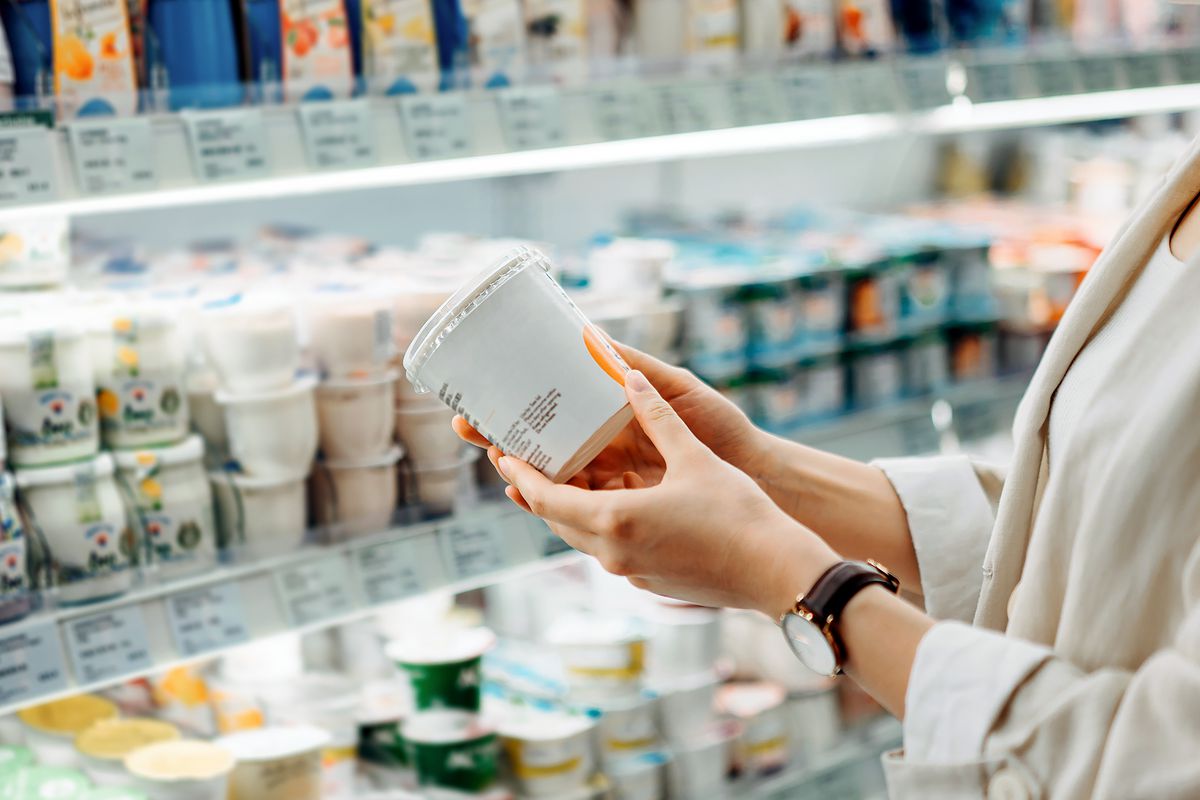After years of discussion on how genetically-modified foods should be labeled, in 2018, the USDA announced the National Bioengineered Food Disclosure Standard. Then, after additional years of planning and implementation, on January 1 of this year, the mandatory compliance date has finally passed — meaning shoppers will likely see these labels more often at the grocery store.
Setting aside the merits of the new system (which, as one would expect, have been debated), here is what consumers should know:
The USDA offers two official labels for products that are identical by circular green images with two different sets of text: either “bioengineered” or “derived from bioengineering.” As the USDA itself points out, though other terms such as “genetically modified organism,” “GMO,” and “genetic engineering” may be more common “for marketing purposes,” their new standard strictly sticks to the term “bioengineered.”
Other acceptable labeling options include a statement that a food “Contains a bioengineered food ingredient,” a digital link such as a QR code, or a phone number that consumers can text.
The USDA defines a bioengineered food as one “that contains genetic material that has been modified through certain laboratory techniques and for which the modification could not be obtained through conventional breeding or found in nature.” However, for the purposes of the standard, the foods that require labeling are determined by the USDA’s official List of Bioengineered Foods. Currently, the list contains 13 items:
- Alfalfa
- Apples (Artic™ varites)
- Canola
- Corn
- Cotton
- Eggplants (BARI Bt Begun varietes)
- Papayas (ringspot virus-resistant varieties)
- Pineapples (pink flesh varieties)
- Potatoes
- Salmon (AquAdvantage®)
- Soybeans
- Squash (summer)
- Sugarbeets
However, even then, some loopholes exist. First, as the USDA explains, “highly refined ingredients (like some sugars and oils)” do not require labels if the level of genetic material is below the USDA’s detectability threshold, which The Washington Post states is five percent. In this case, brands can opt to use the “derived from bioengineering” symbol, but this label is voluntary.
Additionally, the USDA states that “foods that are primarily meat, poultry, or egg products, do not require a bioengineered food disclosure” — though they also can voluntarily add one.
Other groups that don’t need to use bioengineered labels (but can choose to if they want) include very small food manufacturers (with sales below $2.5 million per year) and food service entities such as “restaurants, food trucks, trains, airplanes, delicatessens and similar retail food establishments.”
Finally, if a consumer wants to file a complaint about a lack of disclosure, the USDA’s Agricultural Marketing Service (AMS) says they’re the ones to talk to. They’ve set up a complaint page on the AMS website.

Great content! Keep up the good work!
Thank you, I’ve just been searching for info about this subject for ages and yours is the greatest I have discovered till now. But, what about the bottom line? Are you sure about the source?
Yes I believe the source of the information is factual.
Its like you read my thoughts! You appear to grasp a lot approximately this, like you wrote the e book in it or something. I feel that you simply can do with a few percent to pressure the message house a little bit, however other than that, that is fantastic blog. An excellent read. I’ll certainly be back.
Comments are closed.